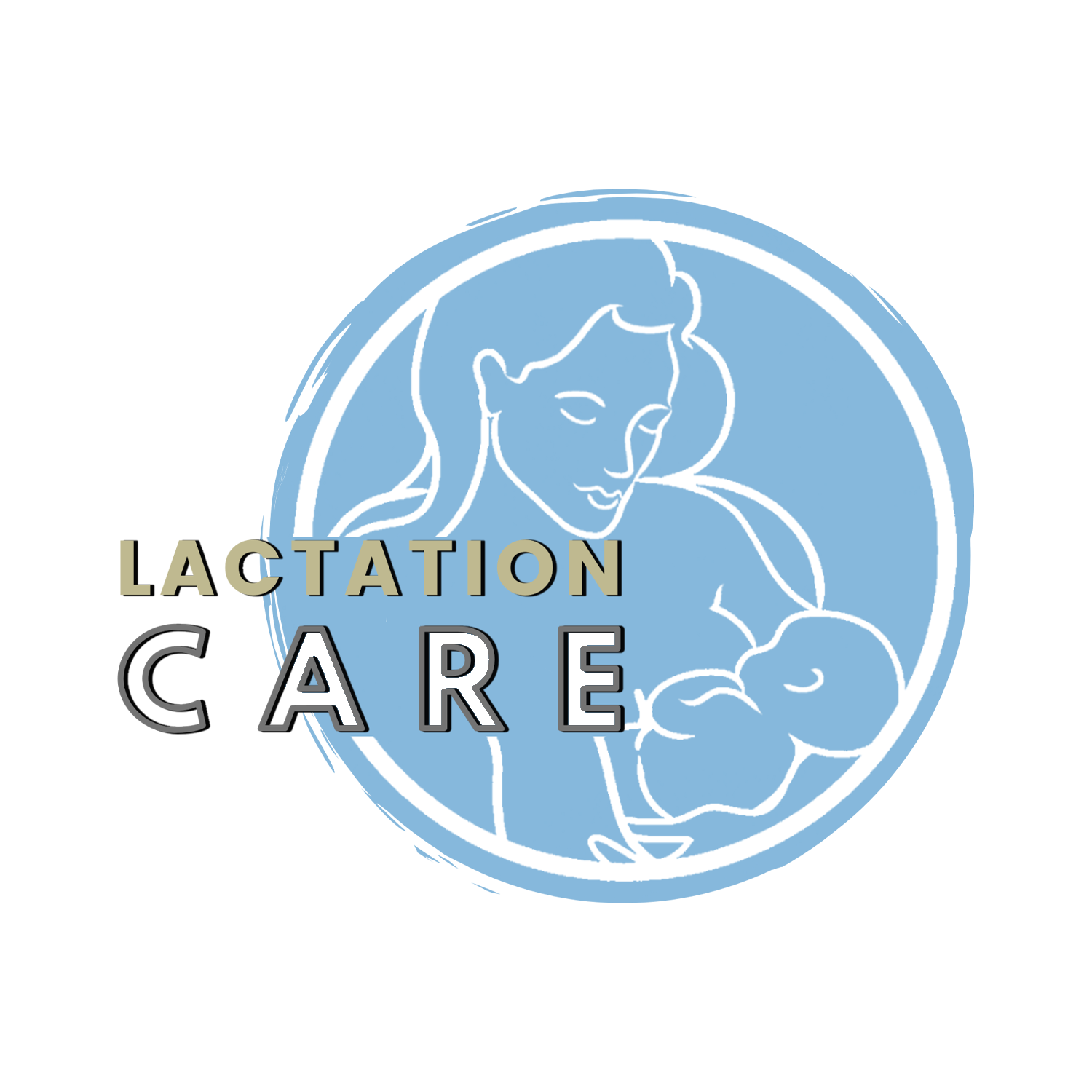Blocked/Plugged Ducts
A blocked duct, also called a clogged duct, is actually ductal inflammation and narrowing inside your breast. Milk flow may be decreased through the various ducts where there is inflammation. You may have an ongoing tender or painful lump, or an ongoing firm area inside your breast. This inflammation is NOT the same as a firm area in your breast that goes away with feeding.
You may already know you have this inflammation. You feel a lump that stays even after feeding. You feel the pain. You may be discouraged and don’t know what to do. You are not alone.
A consistent message to and from our clients is to get help early. Often, we see clients who know they have a blocked duct, get rid of it, and then get another. The cause was never identified nor worked on. This resource can help and do not hesitate to book a consult. That way the care will be exactly about you and your situation.
Inflammatory blockages do not happen often, but we still see them quite regularly. Blockages can lead to mastitis or breast abscess, so it needs to be cleared.
Let’s talk about causes, what you would notice, and what to do about it.
Causes:
Oversupply.
Poor latch affects how well your baby is emptying your breasts.
A rapid change in how you empty your breasts or feed. Examples:
You are using a bottle instead of breastfeeding or pumping.
Your baby has short or skipped breastfeeds, often in relation to having company or a change in your schedule like travelling.
You are feeding or pumping erratically.
Your baby suddenly sleeps longer at night, so you are going longer than normal between feeds.
Your baby is suddenly only feeding on one breast instead of both.
A lot of IV fluids in labour.
A bra that is tight or an underwire, or other objects blocking flow like a purse or baby carrier.
A finger that is constantly blocking one area of your breast while feeding.
Tongue-tie that is undiagnosed by a knowledgeable provider.
What you would notice:
A lump: A lump forms from the build-up of milk that is not being released.
Pain: A milk lump that doesn’t go away and gets sore.
Side: Usually just on one side.
Slower flow: You may notice a slower milk flow on the affected side, even a temporary decrease in your supply.
Warmth or redness: May feel warmth or see redness over the lump.
Temperature: No fever or possibly a low-grade fever. It can lead to mastitis and then you have a fever and feel sick.
How to get rid of the blockage:
KEEP FEEDING
Do NOT pump more than your baby needs.
Downregulate an oversupply.
Work with an LC to tailor this to you, especially if you have already tried for 24 hours, or more!
Work on the cause:
Regularly have a comfortable and effective latch.
Ensure your baby can transfer milk well.
Comfortable bra – no underwire, no restrictions from your bras.
Avoid tight clothing or accessories over your breast. Do your best with a seatbelt.
Change finger position if it is always pressing on the same place.
If you are pumping a lot, ensure the flange size is right for you. Do not pump to fill your freezer as oversupply makes the problem worse. Better yet, do more direct breastfeeding.
Work on inflamed area:
Use very light massage before or during breastfeeding. Avoid deep massage.
Breastfeed on both sides, intentionally leaving milk in the affected side.
While feeding use light massage to keep more milk flowing. Use light pressure only.
With help, for 1-2 feeds, feed creatively by feeding baby with their chin towards the lump.
Additional Tips:
Take anti-inflammatories like Ibuprofen and other pain relief like acetaminophen.
Apply ice or cool compress to the affected area. Can ice hourly. Watch your skin so you don’t damage it.
Just before feeding use a warmth such as a moist compress, a warm shower, tub bath using a warm and wet cloth covering your breast. Of course, be careful not to burn yourself.
Rest!
Shower and gently massage, hand express small volumes for comfort.
Wear a supportive bra.
Sunflower or soy lecithin 1200mg, 4x/day can decrease inflammation and merge (emulsify) with milk. See Dr Jack Newman’s info
Therapeutic ultrasound may help.
If you are on antibiotics, book an appointment to work on the cause.
Reach out any time. You CAN breastfeed comfortably!
If you have a fever, chills, or body aches call Telehealth Ontario or your health care provider.
Regardless, email us to help you work on the cause and prevent this from recurring.
A big thank you to those who contributed to this resource!
Sonya Boersma MScN, RN, IBCLC, Lactation Care © 2022


